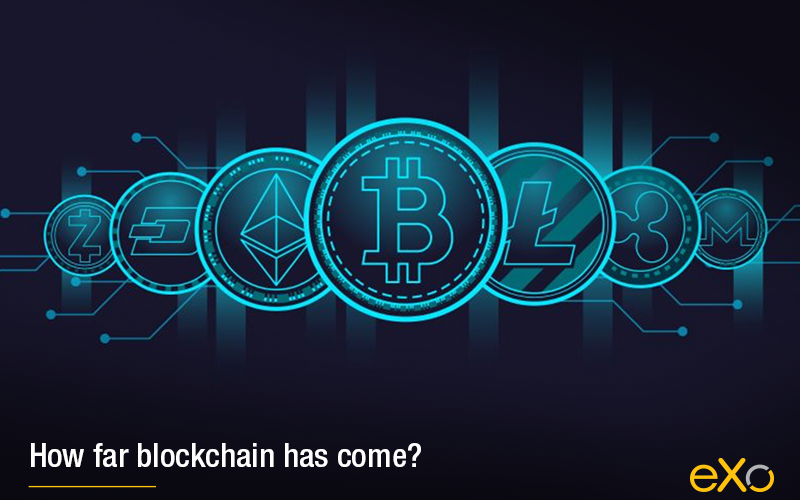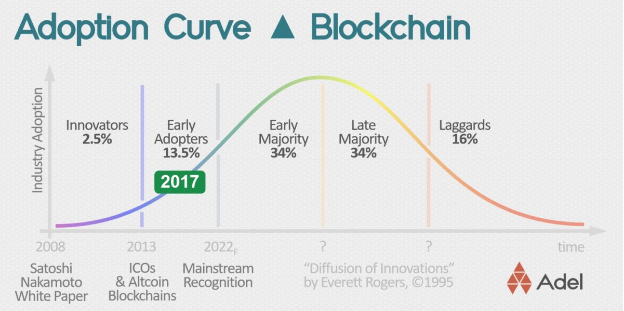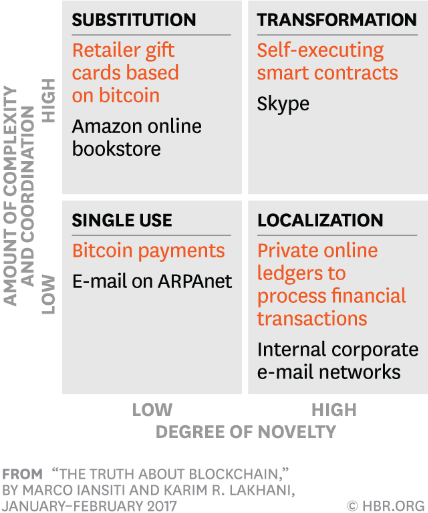- Fares Laroui
- September 24, 2019
The evolution of blockchain and how it can be used by enterprises

Content
What is blockchain?
How far has the technology come in recent years?
What are the most popular use cases of blockchain by enterprises?
1. Defining blockchain
2. How far has blockchain come?


Source: https://hbr.org/2017/01/the-truth-about-blockchain#comment-section
- Single use: This stage is characterized by low novelty and complexity applications, in which the applications tend to be quite simple, less costly and designed for a sole purpose.
- Localization: Applications in this stage are high in novelty but low in complexity, with a limited number of adopters creating value and facilitating adoption.
- Substitution: Applications during the substitution stage are low in novelty since they come as a logical continuation of single-use applications, but high in complexity because they target public use.
- Transformation: The transformation stage occurs when applications have a significant impact on economic, social and political systems. The prime example of a technology that has reached this stage is the Internet.
3. Use cases of blockchain in enterprises
Knowledge sharing and record keeping
One of the main reasons why there is so much interest in blockchain is the fact that it is virtually unhackable. With the use of encryption, each user has a public key and a private key that he/she can use to validate and access different transactions and records. The enhanced security offered by blockchain technology has made tech companies consider introducing it to support knowledge sharing and record keeping. Technologies such as Web3, NFT marketplace development, and DLT platforms have begun to evolve.
Employee engagement
Human resources
discover all the features and benefits
Related posts
- All
- eXo
- Digital workplace
- Employee engagement
- Open source
- Future of work
- Internal communication
- Collaboration
- News
- intranet
- workplace
- Knowledge management
- Employee experience
- Employee productivity
- onboarding
- Employee recognition
- Change management
- Cartoon
- Digital transformation
- Infographic
- Remote work
- Industry trends
- Product News
- Thought leadership
- Tips & Tricks
- Tutorial
- Uncategorized
Leave a Reply
( Your e-mail address will not be published)


